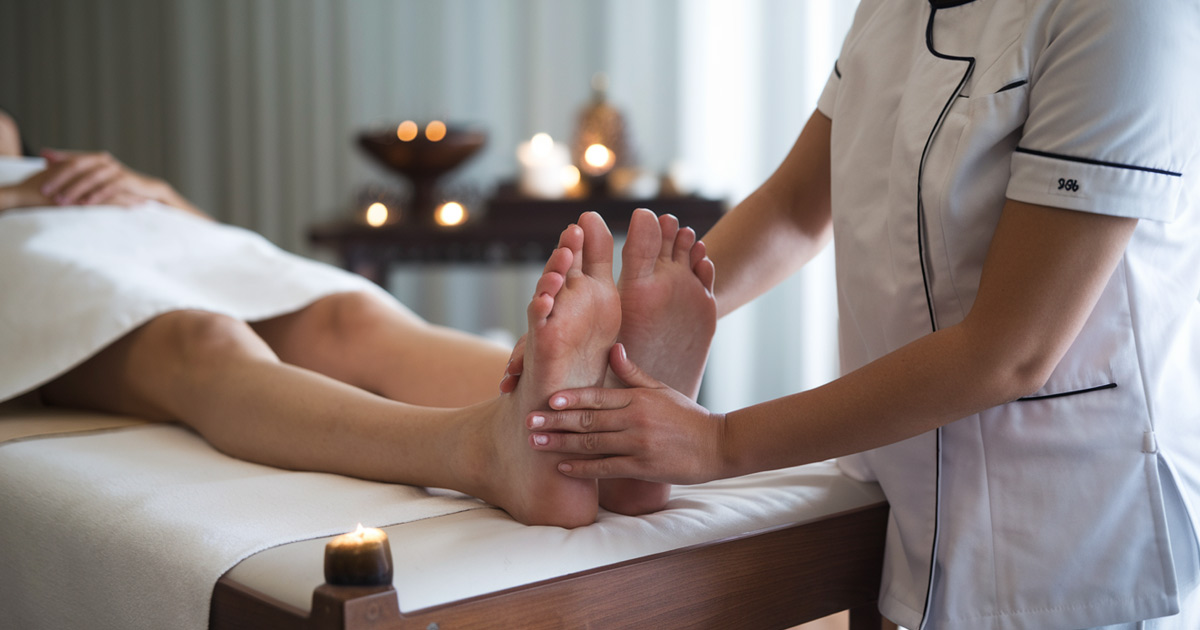
DIPLOMA IN AYURVEDA PATIENT CARE ASSISTANT (DAPCA)
By NCTA Team Last Updated: April 04, 2025Overview:
Diploma in Ayurveda Patient Care Assistant is an 11-month program designed to equip students with the essential knowledge and practical skills required to assist in providing Ayurvedic healthcare. This course focuses on patient care techniques, Ayurvedic principles, and treatments, preparing students to work effectively in Ayurvedic hospitals, clinics, wellness centers, and spas. The program covers a broad range of topics, from Ayurvedic diet and nutrition to Panchakarma therapies, giving students a holistic approach to patient care.
Students will gain in-depth insights into Ayurvedic medicines, treatment protocols, and the overall healing process, along with specialized training in handling patients during therapy and recovery. With a blend of theoretical knowledge and practical experience, this course is ideal for individuals looking to pursue a career in Ayurvedic healthcare and wellness.
Upon completion, graduates will be skilled in assisting Ayurvedic practitioners, managing patient care, and understanding Ayurvedic treatment methodologies, ensuring the safe and effective application of Ayurveda for promoting health and wellness.
Objectives:
Diploma in Ayurveda Patient Care Assistant program equips students with essential skills in Ayurvedic patient care, focusing on Ayurvedic principles, treatments like Panchakarma, diet and nutrition, patient handling, wellness practices, communication, and ethical standards, preparing them to assist Ayurvedic professionals effectively.
Course Curriculum:
The Diploma in Ayurveda Patient Care Assistant is an 11-month program offering a blend of theoretical and practical knowledge. The course covers essential aspects of Ayurvedic patient care, therapeutic treatments, and lifestyle management. Below is the detailed curriculum:
- Introduction to Ayurveda:
- Overview of Ayurveda and its historical development
- Core Ayurvedic principles: Doshas, Agni, Dhatus, and Malas
- The role of an Ayurveda Patient Care Assistant
- Understanding Ayurveda’s holistic approach to health and wellness
- Ayurvedic Diagnosis and Patient Assessment:
- Techniques for Ayurvedic diagnosis: Nadi, Mutra, and Jihva Pariksha
- Understanding the importance of pulse diagnosis (Nadi Pariksha)
- Assessing patient constitutions and imbalances
- Recording patient history and health data
- Ayurvedic Therapies and Treatments:
- Vamana, Virechana, Basti, Nasya, and Raktamokshana
- Ayurvedic herbal treatments and preparations
- Shamana therapies: Herbal remedies and external treatments
- Ayurvedic beauty treatments and rejuvenation therapies
- Ayurvedic Diet and Nutrition:
- The concept of Ahara (food) in Ayurveda
- Balancing diet with Doshas: Vata, Pitta, and Kapha
- Ayurvedic meal planning for patients
- Detoxification and diet for recovery and health
- Patient Care and Handling Techniques:
- Assisting patients during Panchakarma and other Ayurvedic treatments
- Patient comfort and safety protocols during therapy
- Ethical considerations in Ayurvedic patient care
- Providing emotional and mental support to patients
- Ayurvedic Massage Techniques:
- Overview of Ayurvedic massage (Abhyanga)
- Different types of massage: Vata, Pitta, and Kapha-based techniques
- Role of oils in Ayurvedic massage
- Hands-on practice of Ayurvedic massage for healing and relaxation
- Ayurvedic Patient Communication and Counseling:
- Building rapport and trust with patients
- Educating patients on Ayurvedic lifestyle and dietary changes
- Counseling patients on the benefits of Ayurveda for health and wellness
- Addressing patient concerns and questions effectively
- Occupational Health and Safety in Ayurveda:
- Safety protocols in Ayurvedic clinics and wellness centers
- Hygiene practices and infection control
- Managing risks in patient treatment and care
- Ethical and professional conduct in Ayurveda settings
- Practical:
- Patient care and management in Ayurvedic clinics or wellness centers
- Observing and assisting in Panchakarma procedures
- Practical exposure to Ayurvedic diet planning and food preparation
Learning Outcomes:
Upon completion, students will be able to:
- Understand and apply key Ayurvedic principles in patient care.
- Assist in Ayurvedic diagnosis and Panchakarma therapies.
- Develop personalized diet and wellness plans for patients.
- Perform Ayurvedic massage techniques for healing and relaxation.
- Provide ethical, compassionate, and professional care in Ayurvedic settings.
- Gain practical experience in Ayurvedic clinics and wellness centers.
Placement Areas:
Graduates of this course can find employment in various Ayurvedic and wellness settings, including:
- Ayurvedic clinics and hospitals
- Panchakarma centers
- Wellness resorts and spas
- Health and wellness retreats
- Ayurvedic therapy centers
- Holistic healing centers
- Ayurvedic product and therapy research organizations
- Fitness and yoga centers offering Ayurvedic treatments
Salary Expectations:
The salary for a graduate of the Diploma in Ayurveda Patient Care Assistant can vary depending on the type of organization and experience level. On average, the expected salary is:
- Entry-level: ₹15,000 - ₹20,000 per month
- With 1-3 years of experience: ₹20,000 - ₹30,000 per month
- With 3+ years of experience or in senior positions: ₹30,000 - ₹40,000 per month
Course Features
| Course Code | NCTA-477 |
| Duration | 1 Year |
| Category | DIPLOMA IN AYURVEDA PATIENT CARE ASSISTANT (DAPCA) |
| Eligibility | 10TH PASS/2-10 Year Experience in Relevant Field |
| Fees | 30000X1=30000 |
To know more about our this course, feel free to call us at:
+91 9733600770
